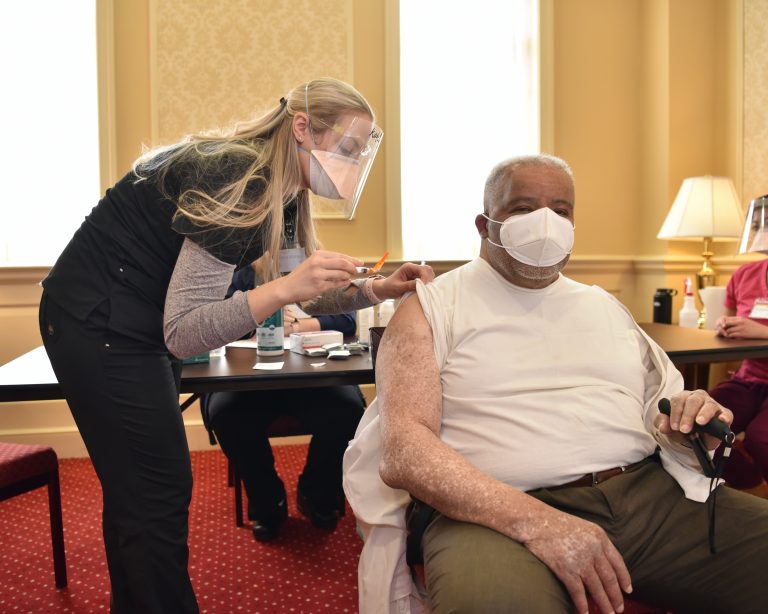For many years, the thought of IoT helping our everyday lives was a distant dream. Now, IoT is being used to ensure the safety of COVID-19 vaccines as the world gets vaccinated. Quadrant Health highlights the importance of technology in healthcare.
Internet of Things (IoT) is being used at Aintree Primary Care Network (PCN) to ensure the storage of vaccines. The technology uses remote sensors in the refrigeration units.
Monitoring the temperatures remotely guarantees that the vaccine is kept at the correct temperature. Removing the possibility of human error greatly reduces the number of wasted vaccines each year.
Half of vaccines globally are wasted according to WHO
As it currently stands, approximately 50% of vaccines are wasted around the world. Naturally, this differs country by country and normally does not affect the supply chain and the administrating process due to the substantial amounts available. This is according to the World Health Organisation.
However, the C19 vaccine is in high demand and low supply, so technology can help mitigate the number of wasted vaccines.
The system has given us great peace of mind
Data on discarded C19 vaccines isn’t widely available. So, it is hard to track the progress that IoT is having on reducing wastage. Although, in April 2021, French Minister of Health Olivier Veran announced that 5% of AstraZeneca, 20% of Moderna, and 7% of Pfizer vaccines currently go to waste in France.
Over one million COVID vaccines were wasted in France alone
At this time, it means that 1.25 million doses of the vaccine were thrown away. The PCN, which consists of four GP practices and serves 38,000 residents, acknowledged that IoT would be the best way to mitigate this issue.
Sharon Poll, manager at Aintree PCN, explained: “We wanted to limit the risk of something going wrong, and the risk of wastage, as much as possible. We were manually recording temperatures twice daily, though the gold standard is to monitor temperatures continually,”
It can make a call or send a text out of hours, and at weekends to key-holders, which is an amazing use of technology and hugely welcome
Moving forward, the hope is that there will be a further rollout of IoT services across healthcare settings. It is essential in reducing waste, reducing costs and having a reduced impact that medical waste has on the environment.
The NHS handles 6.3% of emissions in England and 5% of total air pollution. Destroying medical waste is a huge part of this contribution. The use of IoT has a role to play in reducing these levels of emissions.

